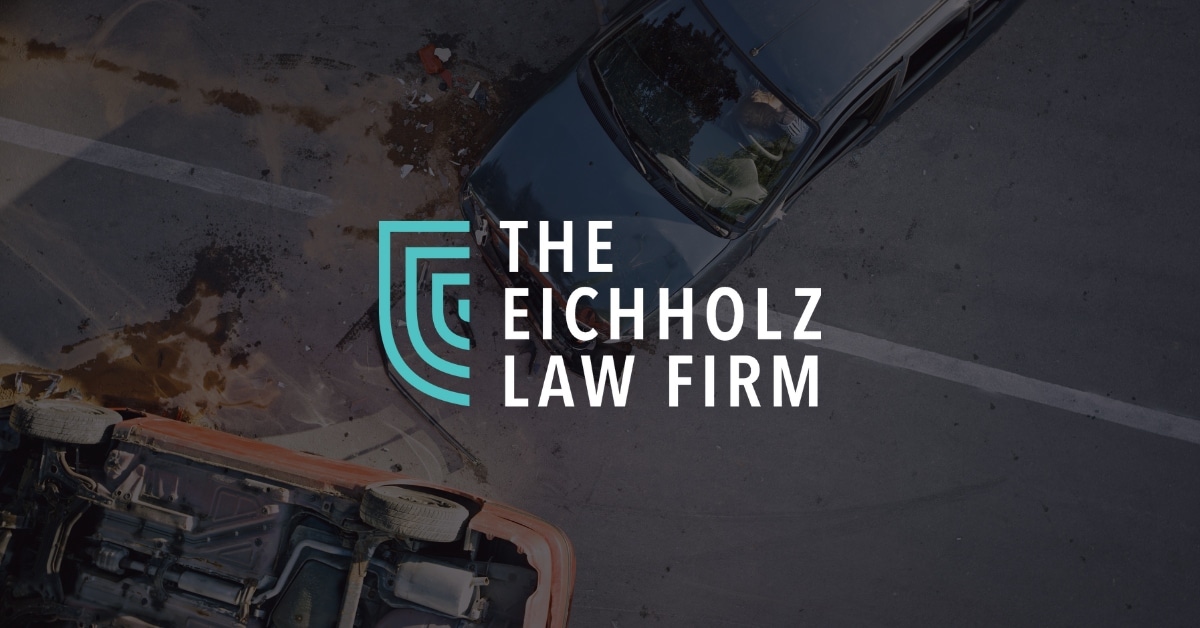Over 70 drivers are injured in a Georgia auto accident every hour. With these kinds of statistics, it’s important to practice safe driving and know the traffic laws governing our state. However, some traffic laws are commonly forgotten or neglected. Failure to yield to the right-of-way is one of these laws.
Right-of-way is a phrase that simply means “the right to make a way over a piece of land”. Essentially, right-of-way governs who goes first on the road. A yield sign signals that other vehicles have the right-of-way and tells drivers that they should both slow down to a safe speed and be prepared to stop. Failure to yield is the 2nd leading contributing factor to auto accidents on Georgia roads.
Accidents that can be caused by failing to yield include multi-vehicle collisions, as well as pedestrian, bicycling and motorcycle accidents. Often, these types of accidents occur because a driver did not allow enough time or space to complete a maneuver.
Georgia Right-of-Way Laws
Right-of-way laws vary by state. Georgia is the 6th leading state in driving citations, and failure to yield is the second most common citation. There are several scenarios in which this law is applicable. Some are straightforward, such as who has the right-of-way at a stop sign (everyone else), but others, such as who has right-of-way at a 4-way intersection, are less intuitive. Here are some instances of proper yielding practices from the 2012 Driver’s Manual from the Georgia Department of Driver Services.
Motor vehicles should always yield to pedestrians and bicyclists in intersections, on sidewalks or in bicycle lanes.
- Intersection w/no signage: in the absence of stop or yield signs, the vehicle on the right always has the right of way
- 4-way intersections: “First to arrive, first to proceed”, meaning everyone should take their turn
- 4-way intersections w/same arrival time: If two or more vehicles arrive at the same time, follow the ‘vehicle on the right’ formula – that means the vehicle with clearance to its right will be first to drive, followed by the vehicle to its left, and so on
- Making a left: yield to all oncoming traffic
- Merging: both lanes of traffic should adjust their speed and vehicle position to allow all vehicles to merge safely, and vehicles already on the highway should change lanes away from the merging lane when possible
- Emergency vehicles: safely attempt to move to the shoulder when police cars, fire engines and ambulances approach with sirens on – take extra care to watch for bicycles and pedestrians
- Roundabouts: always yield to vehicles already driving in roundabout and proceed with caution
The guidelines above explain who has the right-of-way in most scenarios, and how to approach each situation. If you ever find yourself in a driving situation where you are not sure who has the right-of-way, it is always best to yield for safety reasons. One of those situations may be in the presence of emergency or work vehicles. Georgia’s “move-over” law governs what to do in such a scenario.
Georgia’s Move-Over Law
When it comes to emergency vehicles, construction zones and state work vehicles, Georgia’s move-over law is an important state-specific law all local drivers need to know. The law requires all drivers to move over one lane, when possible and safe, if an emergency vehicle is parked in the shoulder.
This law extends to include construction zones, where drivers should yield to all highway maintenance vehicles entering or exiting the highway. Work vehicles and heavy equipment typically utilize flashing amber lights to alert motorists. These vehicles are always given the right-of-way in the state of Georgia, and drivers should reduce their speed when approaching any work zone where vehicles display amber lights.
A violation of the “Move-Over” law carries a penalty of 3 points and may carry traffic fines up to $500, and is considered a moving violation.
Contact an Experienced Car Accident Lawyer
Georgia residents will be involved in an auto accident every ten years on average. Defensive driving and knowing the laws can help a driver avoid an accident, but other drivers may disobey the laws of right-of-way. If you or a loved one has been injured in a failure to yield accident and is seeking legal counsel, our attorneys may be able to help you.

